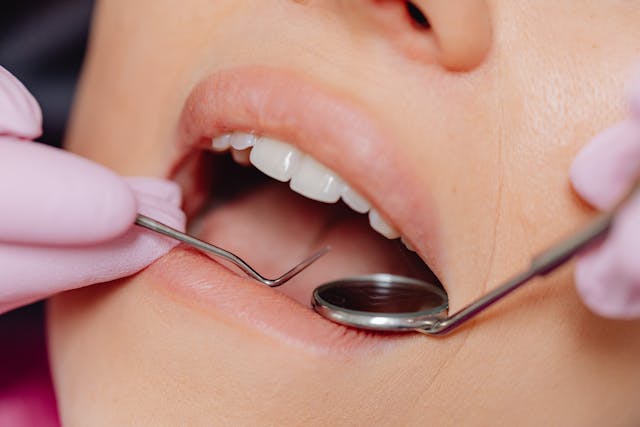Wisdom teeth, also known as third molars, are the last set of teeth to emerge in the mouth. Typically appearing between the ages of 17 and 25, these teeth often bring more complications than benefits. Understanding when this teeth removal might be beneficial involves recognizing their potential impact on oral health. This article outlines the basics of wisdom teeth, their potential risks, and factors that influence the decision to remove them.
Understanding Wisdom Teeth
Wisdom teeth are located at the back of the mouth, one in each quadrant. Anthropologists suggest they were fundamental to early humans who required strong molars to chew coarse foods. Over time, human diets have evolved, and jaw sizes have gradually decreased, leaving less space in the mouth for these teeth to grow in without issues. Third molars can grow in a variety of ways—straight, angled, or horizontally. This uneven development can lead to issues including improper alignment, crowding, or pressure on surrounding teeth. Some individuals may never develop these teeth, while others might have one or all four.
Complications Associated with Wisdom Teeth
Third molars can pose concerns that impact overall oral health. One of the most common issues related to these molars is impaction. An impacted wisdom tooth is one that does not fully emerge due to a lack of space in the jaw or because it is blocked by other teeth. Impacted teeth may lead to swelling, pain, or infection. Misaligned third molars can push against other teeth, causing crowding or damage to adjacent teeth and gum tissue. Partially erupted teeth can provide a space for bacteria to grow, increasing susceptibility to cavities and gum disease.
When Removal May Be Advised
The decision to remove these teeth is typically based on an evaluation conducted by a dental professional. Factors evaluated may include:
- Impacted or Painful Teeth: Symptoms such as discomfort, swelling, or pain in the back of the jaw may indicate that teeth are impacted or causing pressure on nerves or surrounding tissues.
- Crowding or Misalignment: If third molars are growing at an angle that disrupts the balance of other teeth in the mouth, there may be a risk of crowding or misalignment, particularly if orthodontic treatment has been involved.
- Chronic Infection or Decay: Partially erupted teeth often contribute to a condition called pericoronitis, where the surrounding gum tissue becomes inflamed and infected.
- Proactive Removal: These teeth may be removed as a preventative measure, especially in younger individuals whose teeth have not yet caused problems.
The Removal Process
Wisdom teeth removal is a standard procedure performed by dentists or oral surgeons. The process typically begins with an examination, including x-rays, to understand the placement and condition of the teeth. Local anesthesia or sedation will be administered to encourage patient comfort. The extraction may involve cutting into the gum tissue to expose the tooth, and in some cases, the tooth may need to be divided into smaller sections for easier removal. Post-surgery, patients can expect some swelling, discomfort, and minor bleeding. A dentist or oral surgeon will provide care instructions to facilitate a smooth recovery.
Remaining Proactive About Oral Health
Whether these teeth require removal or not will depend on individual cases. Maintaining regular dental visits is a valuable practice to monitor their development. Routine dental care allows dental professionals to assess potential risks and guide their patients through informed decisions. By staying attentive to oral health and the potential impact of wisdom teeth, individuals can prevent complications and maintain confidence in their smile.

